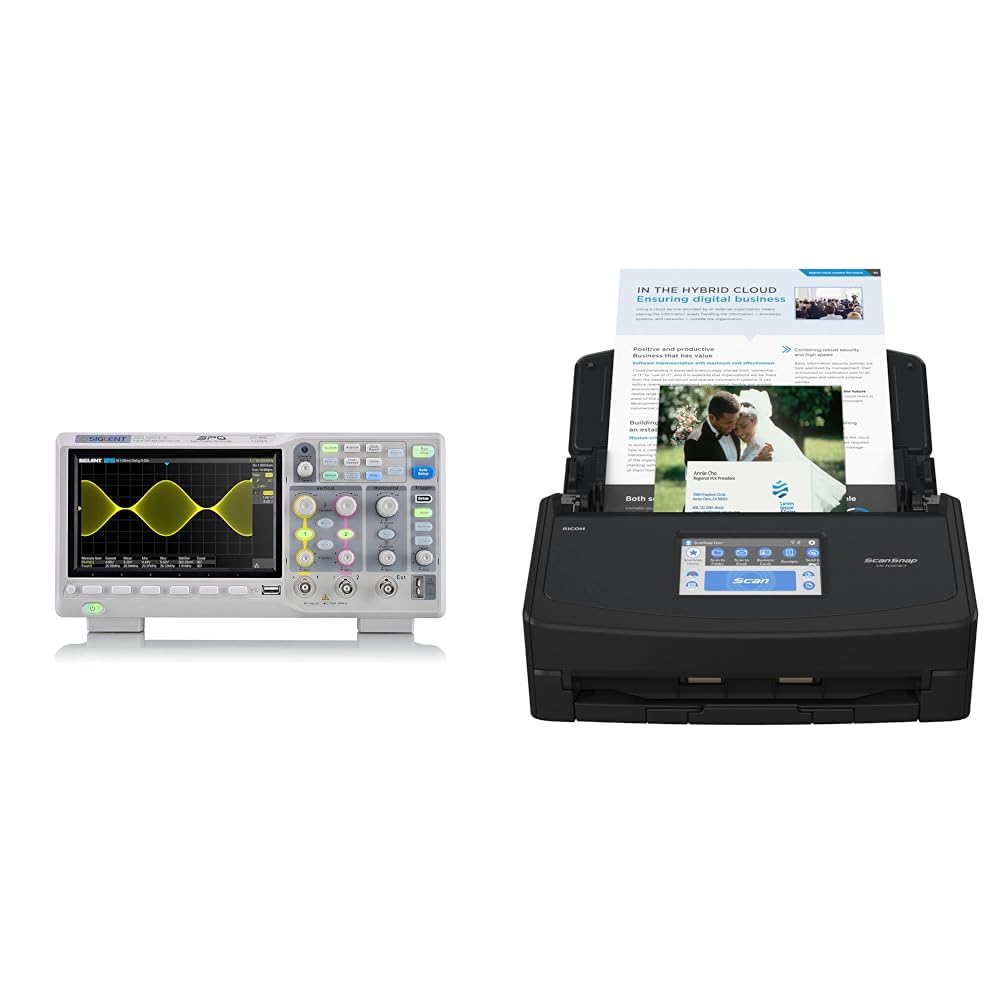







⚡ Power your precision and productivity with seamless scanning and signal mastery!
This bundle combines a Siglent 200 MHz 2-channel oscilloscope featuring a 1 Gsa/s sampling rate and 14 Mpts record length for detailed waveform analysis, with a ScanSnap wireless document scanner offering 40ppm duplex speeds and built-in Wi-Fi, all managed via ScanSnap Home software for efficient document organization.
Trustpilot
1 month ago
2 days ago
2 weeks ago
1 week ago